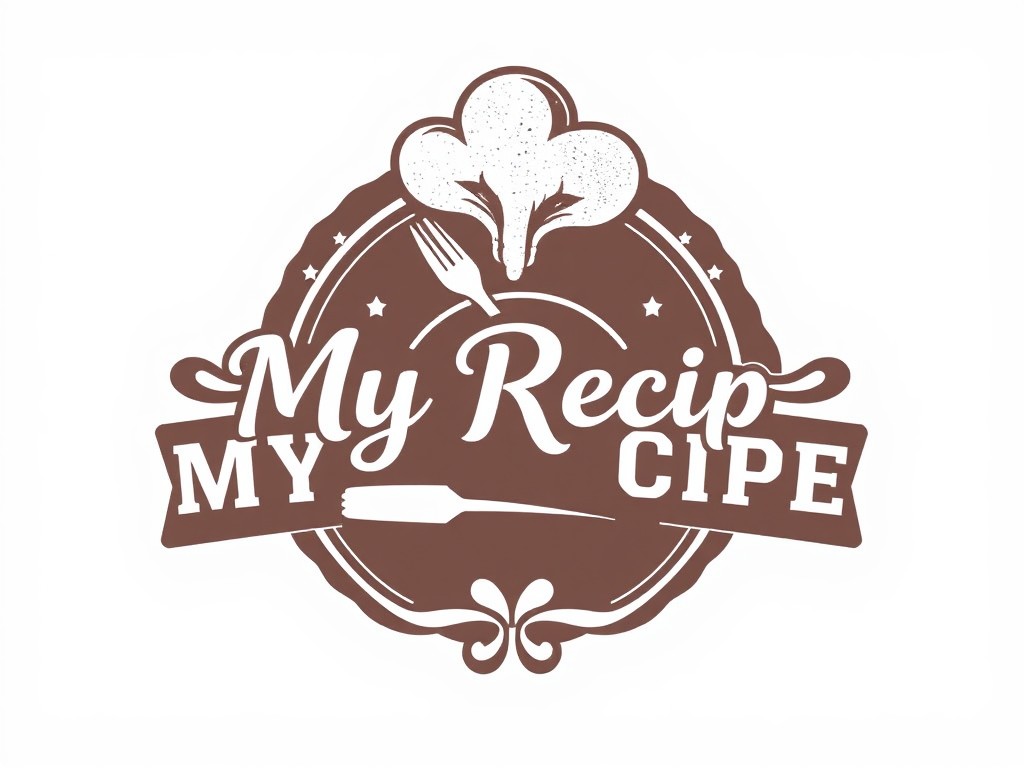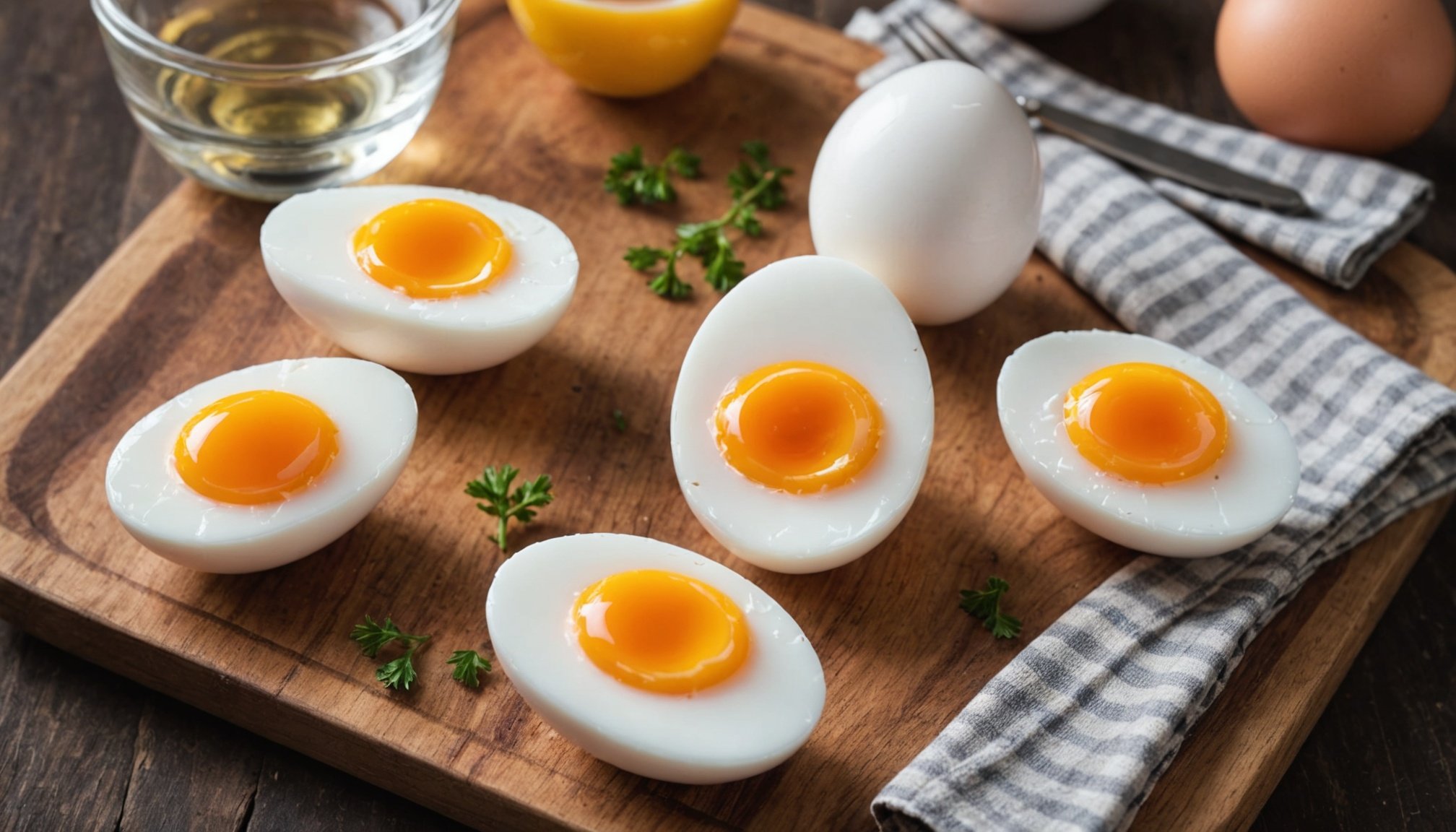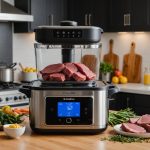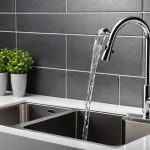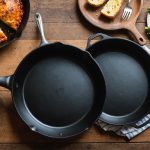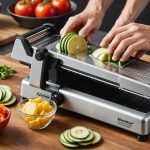Understanding Soft-Boiled Eggs
Soft-boiled eggs are a culinary delight, loved for their delicately cooked yolks and tender whites. The secret to achieving the perfect soft-boiled egg lies in precision and understanding the science behind the cooking process. When eggs are exposed to heat, the proteins in the egg whites and yolks coagulate, transforming from a liquid to a solid state. The temperatures at which these processes occur are crucial in determining the egg doneness.
Soft-boiled eggs, with their runny yolks, require a lower internal temperature than their medium and hard-boiled counterparts. This involves strategic timing: typically around 4 to 6 minutes of cooking, allowing the egg whites to solidify while the yolks remain luscious and creamy.
Topic to read : Maximize Your Small Kitchen: Discover the Best Spice Rack Solutions for Easy Accessibility!
Contrast this with medium-boiled eggs, where eggs are boiled for about 7 to 9 minutes, resulting in a firmer but still slightly soft yolk. Hard-boiled eggs require a longer cooking time—about 10 to 12 minutes—yielding a fully set yolk.
The optimal timing for soft-boiled eggs is heavily influenced by the size of the egg and its initial temperature. Experimenting with these cooking techniques will help you find your preferred balance of textures.
This might interest you : The ultimate handbook for choosing a reliable and multifunctional mandoline slicer
Types of Egg Timers
Selecting the right egg timer can significantly enhance your cooking experience. There are two primary varieties: analog timers and digital timers.
Analog timers are traditional, often mechanical devices that rely on wind-up mechanisms. They are generally durable and do not require batteries. An advantage of analog timers is their simplicity—turn the dial to set the time, and wait for the bell. However, they might lack precision, as the minute markers can make it difficult to set an exact duration.
On the other hand, digital timers offer precision down to the second, which is particularly useful for those who require exact timing. Many digital models come equipped with additional features like multiple alarm settings and countdown functions. They are user-friendly but depend on a power source, either batteries or electricity.
When choosing an egg timer, consider factors such as ease of use, precision, and any specific features you might need. While analog timers are straightforward, digital timers provide versatility, ideal for multitasking in the kitchen. Depending on your cooking style and needs, either option could be the perfect kitchen companion.
How to Use an Egg Timer Effectively
Navigating the nuances of using an egg timer can unlock perfect results in your kitchen. Discover the synergy between timing techniques and preparing the ideal soft-boiled eggs.
General Guidelines
Using an egg timer requires understanding crucial factors like water temperature and egg size. Begin with a rolling boil, then lower the heat, ensuring the water maintains a gentle simmer throughout. This aligns with the ideal conditions for the egg timer countdown. Timing techniques influence the consistency, so start the timer the moment eggs enter the water. Aim for 4-6 minutes for soft-boiled eggs, adjusting based on personal preference.
Adjustments for Altitude
Higher altitudes demand a rethink on cooking times. The thinner air lowers boiling water temperature, prolonging cook times for eggs. Adjust the egg timer by adding 30-60 seconds per 1,000 feet above sea level to achieve familiar textures.
Tips for Precision
Ensure consistent results with these tips:
- Use eggs of similar size to avoid uneven results.
- Maintain a stable water temperature by using a lid.
- For repeated success, create a log of timings and outcomes.
Embrace these techniques, and using an egg timer will become second nature, elevating your soft-boiled eggs to new culinary heights.
Popular Egg Timers Comparison
Finding the best egg timers can enhance your cooking experience, making it easier to achieve the perfect egg, whether you prefer them soft-boiled or hard-boiled. Here’s an overview of the top-rated models that have received glowing egg timer reviews.
Overview
Among the leading contenders are digital and traditional sand timers. Digital timers, like the versatile OXO Good Grips, offer precision and audible alerts, appealing to those who value convenience. Meanwhile, classic sand timers, such as Kitchen Craft’s hourglass models, offer simplicity and a touch of nostalgia.
Features and User Satisfaction
Digital egg timers typically provide features like large displays and reset buttons, ensuring ease of use. User feedback highlights their reliability and precision. In contrast, sand timers are praised in user feedback for their aesthetic appeal and the tactile experience they provide. However, they may lack precise accuracy, relying instead on an intuitive time estimate.
Recommendations
- For those who prioritise precise cooking times, a digital model is recommended.
- If visual appeal and simplicity are more important, a traditional sand timer might suffice.
- User feedback often highlights a hybrid approach—using a digital timer for accuracy while enjoying a sand timer’s charm for display purposes.
Consider these comparisons based on your cooking preferences and enjoy precise and aesthetically-pleasing food preparation.
Troubleshooting Common Issues
When it comes to using egg timers, a few egg cooking issues can frequently arise. Understanding these common mistakes can significantly improve your cooking experience.
One prevalent problem is the inconsistency in egg doneness. Achieving perfectly cooked eggs can be tricky if your egg timer isn’t calibrated correctly. Troubleshooting tips include testing your timer with cold water and adjusting the time based on egg size and altitude.
If you face overcooked eggs, it might result from a timer set slightly too long. Try reducing the time by a minute or two. For undercooked eggs, check if the eggs are adequately submerged in water, and consider incrementing the time gradually.
A perfect peel can be evasive for many egg enthusiasts. Eggs that don’t peel easily might be too fresh or cooled inadequately. Allowing eggs to cool in ice water after cooking aids in separating the shell from the inner whites. Moreover, adding a dash of baking soda to boiling water softens the egg shell, enabling an easier peel.
By addressing these common issues through careful troubleshooting, you can perfect your egg-cooking process.
Recipes and Serving Suggestions
Soft-boiled eggs offer a versatility that’s both practical and delightful in the culinary world. Let’s explore some delicious recipes and creative serving ideas that can brighten your table.
For a start, soft-boiled eggs can shine in a classic ramen dish. The rich, runny yolk complements the umami flavours of the broth, elevating your dining experience. You could also craft an elegant avocado toast by topping it with halves of soft-boiled eggs and a sprinkle of red pepper flakes for added zest.
When it comes to creative serving ideas, consider a breakfast Buddha bowl. Arrange grains, sautéed greens, and vegetables in a bowl, and crown them with soft-boiled eggs. This not only enhances the dish’s presentation but also boosts the texture and flavour profile significantly.
Pairing suggestions play a crucial role in culinary experimentation. Soft-boiled eggs pair excellently with smoked salmon, creating a harmonious blend of omega-rich ingredients and rich flavours. You might also try incorporating them into a Caesar salad, providing a creamy texture that complements the crisp lettuce and tangy dressing.
By utilising these recipes and serving suggestions, you can transform a simple soft-boiled egg into a gourmet experience, enhancing both flavour and presentation.
Visual Guides and Resources
In today’s cooking landscape, visual aids play a critical role in mastering culinary skills. Especially when dealing with something as deceptively simple as boiling eggs, visual cooking guides can be immensely helpful. These resources provide step-by-step illustrations that depict each stage, from placing the eggs in the pot to achieving the desired consistency.
Several egg boiling videos are recommended for cooks seeking clarity. Videos often offer dynamic perspectives that static guides cannot match, demonstrating techniques like timing and water measurement with precision. By watching these, viewers gain a real-time understanding of the process, which significantly truncates the learning curve.
For those who prefer hands-on resources, printable guides are available for quick reference. These guides often use infographics to convey complex instructions simply and are perfect to have on hand in the kitchen. Whether you hang them on a fridge or keep them in a recipe binder, they ensure that helpful hints are always within reach when boiling eggs.
Having a combination of visual and printed resources can streamline the cooking experience, making it both effective and thoroughly enjoyable.
